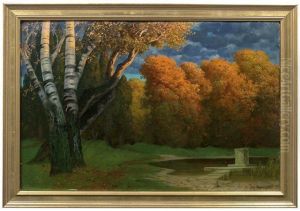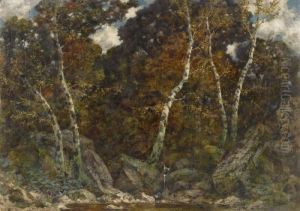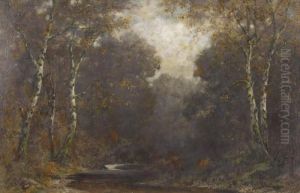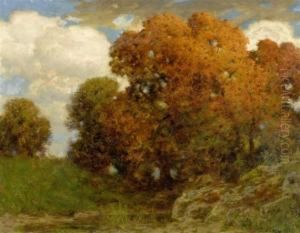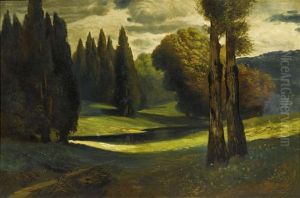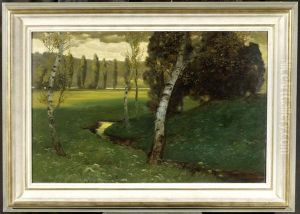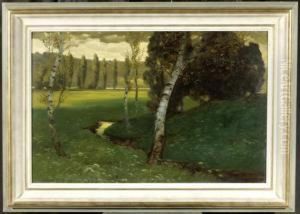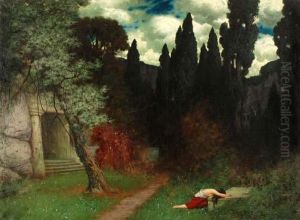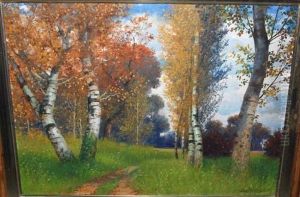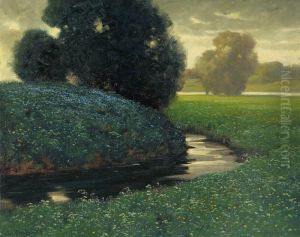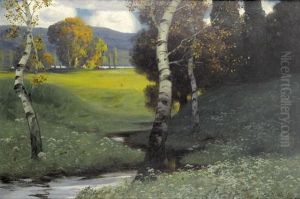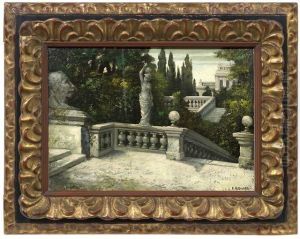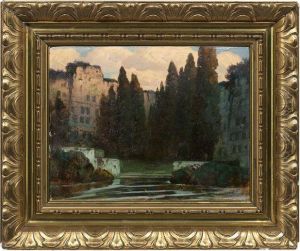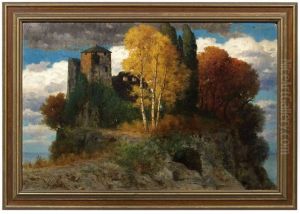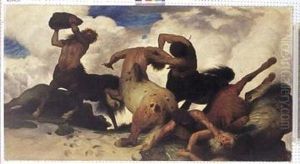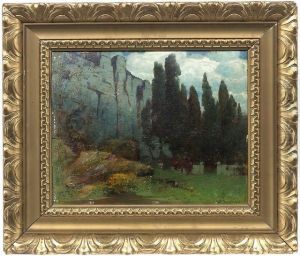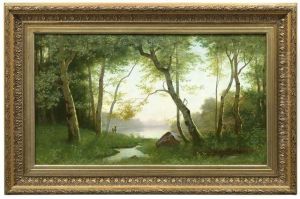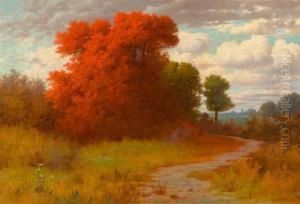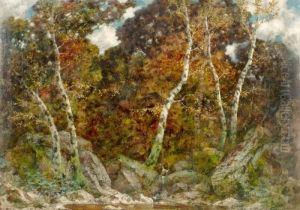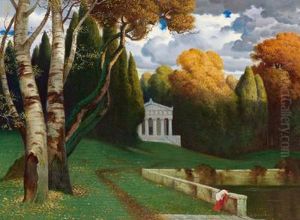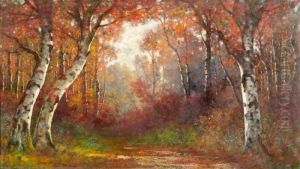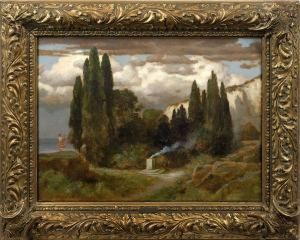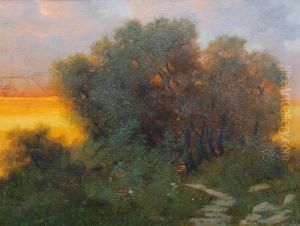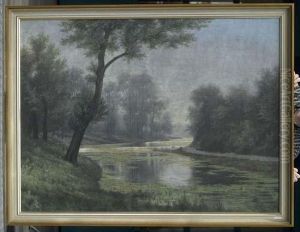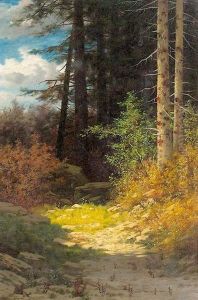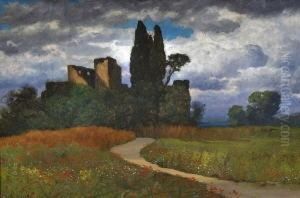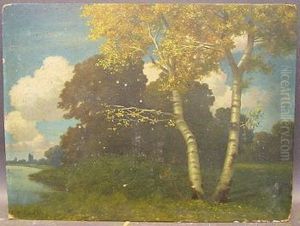Eduard Rudisuhli Paintings
Eduard Rudisuhli was a Swiss painter born in Luzern on June 2, 1873. His artistic journey began when he enrolled in the Munich Academy of Fine Arts, where he studied under the tutelage of notable artists such as Gabriel von Hackl and Karl Raupp. During his time at the academy, Rudisuhli honed his skills in landscape and portrait painting, two genres that he would become well-known for throughout his career.
In the early stages of his artistic career, Rudisuhli was influenced by the Munich School's emphasis on realism and detail, often focusing on capturing the natural beauty of the Swiss countryside. His landscapes were characterized by a meticulous attention to the effects of light and atmosphere, and he developed a reputation for his ability to render these elements with a sense of realism and depth.
Rudisuhli's work gained recognition within artistic circles, and he became a member of various art societies, including the Munich Secession, an association of artists who sought to break away from the traditional academic style of the time. Through these affiliations, he was able to exhibit his work widely and establish connections with other prominent artists of the era.
Following World War I, there was a shift in Rudisuhli's style, as he began to incorporate elements of Impressionism into his paintings. This change was reflected in a more vibrant color palette and a looser brushwork, which allowed him to capture the fleeting effects of light on the landscape with a newfound spontaneity.
Despite the evolution in his style, Eduard Rudisuhli remained committed to the representation of the natural world throughout his career. His paintings continued to be sought after by collectors and were featured in numerous exhibitions across Europe. He also took part in teaching and mentoring young artists, sharing his expertise and passion for painting.
Eduard Rudisuhli passed away on April 13, 1946, in Munich, Germany. Today, his work is part of several collections and museums, and he is remembered as a significant figure in Swiss art history, particularly for his contributions to landscape painting and for bridging the transition between realism and Impressionism in Swiss art.
